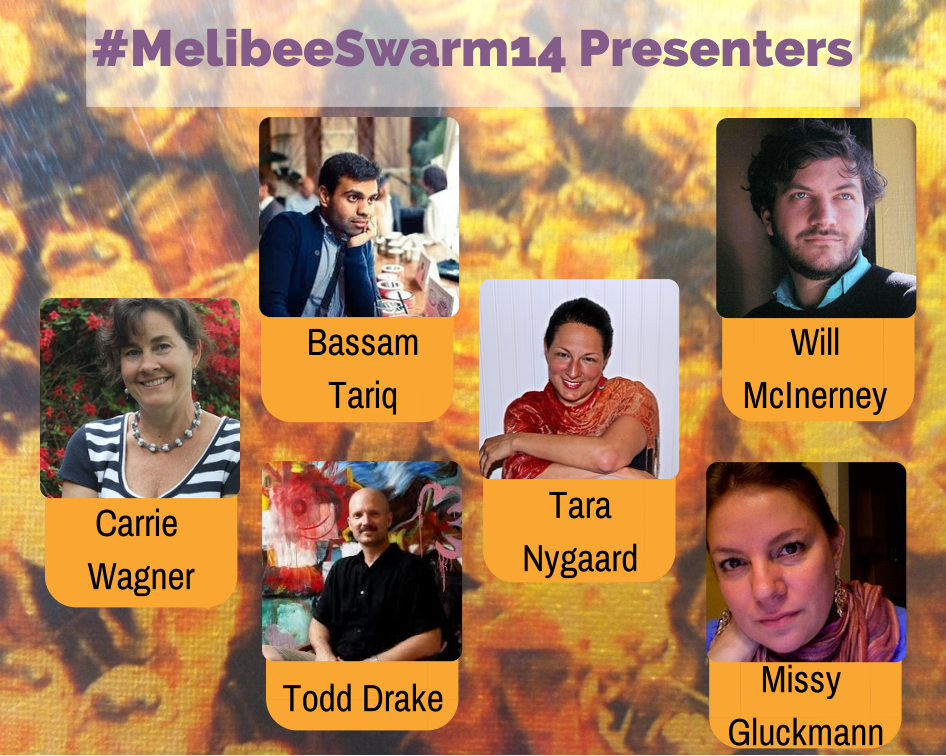 Many of you have emailed to try to set up meetings at NAFSA’s national conference this week. You may be surprised that I am not at NAFSA this year – and actually haven’t been for several years.
Many of you have emailed to try to set up meetings at NAFSA’s national conference this week. You may be surprised that I am not at NAFSA this year – and actually haven’t been for several years.
What? I’m missing NAFSA? That’s crazy! WHY?
I’m going to answer that question with 5 specific points. Before I do, I need to be abundantly clear here: I am not writing this post to knock NAFSA or dissuade anyone from attending their conference. I have attended countless NAFSA conferences (regional and national) over the years. They serve a specific purpose and I have many fond memories of good times with colleagues and friends, making important work connections, socializing and laughing (a lot!), gaining some valuable information, etc. I miss those incredible times and am sure that people are relishing in the camaraderie, community and advocacy for the work that we do this week in California.
With that in mind, here are my top reasons for passing on the NAFSA conference this year:
1) It is expensive. Seriously expensive.
The national conference was expensive when I worked for a college, but I wasn’t paying for it then. As the “Queen Bee” of Melibee Global, I have to make difficult decisions every day about how to spend our hard earned pennies. Year over year, I simply haven’t been able to justify spending several thousand dollars to attend this conference over investing in other areas of our work.
2) The session content is not meeting my needs at this stage in my life and work
The last few conferences I did attend were very specific either to government regulations or were stories of “best practices” at specific schools. I don’t work at a school anymore and that means that I usually don’t need this information anymore in the way that it is often presented. Personally, I found the majority of the sessions to be lacking in creativity (likely due to the scale of the event). I don’t mean to be harsh here, but if I’m spending that much money to get to a conference, I don’t want to hear most sessions start with “this is what we do at our school.” Simply put, I think that they’re too tailored to higher education instead of international educators (broadly speaking). If you don’t work for a school/government/agency/third party provider, there is less value in the conference.
Melibee Global and Amizade’s free project, Better Abroad, is a finalist for GoAbroad.com’s Innovation Award – and we are sad that we cannot be at NAFSA to thank them in person for thinking of us! (Humbled! Thank you!)
3) Technology
Technology has allowed me to meet with colleagues from all over the world without having to pay thousands of dollars to arrange to meet them in person each year. As we don’t partner with specific organizations/companies at Melibee, I have less need for face to face meetings. If I did, I could likely have them in country or closer to home for less cost.
4) Job Hunting
Many people attend the conference to job hunt. I have a job. Enough said.
5) I’m seeking something different
You may know by now that we are launching our own gathering, called the “Melibee Swarm” in North Carolina this fall. When I initially thought of bringing people together, in person, under the Melibee Global name, I wrote this list of qualities I wanted in a new conference:
- Focuses on culture in a creative, yet practical manner
- Inspires us to rush home and implement creativity into our personal and professional lives
- Is experiential and participatory
- Honors the work that we do as educators and cultural connectors, yet does not become self-congratulatory
- Creates meaningful space to authentically network, reflect and to create action steps
These ideas developed into our new conference, the Melibee Swarm. This conference will focus on Culture, Identity and Perspective. It will be small (less than 100 participants) and we are not asking for our peers to nominate themselves to speak; we have selected a handful of presenters who are directly and uniquely addressing our theme. We think (and hope) you will like what we’re doing, as it is very different than your standard international education conference.
You can learn more about the Melibee Swarm and our Early Bee rates here.


You’re not the only one with these feelings, Mel. There are many entrepreneurs in the world who could benefit from the connections and information that NAFSA provides; however, the cost and higher ed focus make them think twice. We support the work that NAFSA does, as do you, but the old brick and mortar style business are no longer valid models. With technology, we can do anything from anywhere. It would be great for NAFSA to consider your suggestions and find a way to implement them. Maybe a professional vs. higher ed track is needed?
Thanks for your comment. NAFSA’s model is funded by membership fees – this is also one of the challenges as many entrepreneurs don’t have the funds to be part of the “club.” I think we need to expect less of them because they have their own audience already and venture out to create our own gatherings that are meaningful. This is one of the reasons we are hosting our own conference instead of waiting for others to understand our needs. They serve the masses (higher ed) and I just don’t see that changing anytime soon.
Missy: As an “older” SIT alum & longtime NAFSA member, I respect this post and your analysis of the pros & cons of NAFSA for your current work. However, I’d say that in relative terms, NAFSA is moving quickly to become much more engaged with social media and online learning/training. There were over 10,000 attendees last week in San Diego from close to 100 nations. There is no other conference in the intl ed space which matches this event. But I agree with you it is NOT a space everyone needs to be in.
Thanks for your comment Marty. I hear you – yes, for many people and organizations, NAFSA is the right space to be in. Agreed!
I attended the regional NAFSA conference (Region X) in Syracuse, NY this past June, and it was a bitter disappointment. I must say that a former colleague who had a job hunting agenda ruined it initially, and everything went downhill from there. At breakfast, she had her plate in hand and did not even bother to set it down on the table before announcing, “I have to walk around!” I looked at her as if she had two heads. “You just got here,” I told her. There is the social butterfly, and then there is the butterfly madly flitting around as if she had indulged in too much Red Bull. On the positive side, the keynote speaker, Patricia Burak, was amazing. She even invited me to communicate in both French and Spanish. If all the attendees had been Patricia Buraks who value other languages, I would have been in my element. However, I was waiting for them all to start throwing peanuts: “Oh, listen to the multilingual monkey!” I look forward to the Swarm, where at least I will meet people who view my fluency in many languages as an asset and not a drawback. Perhaps the Queen Bee can answer my longtime query: Why do we celebrate diversity in our international students and colleagues but not when “regular U.S.-born citizens” willingly adopt other cultures? No more mad butterflies or circus monkeys for me. Let’s change the symbol to the “BEE.”